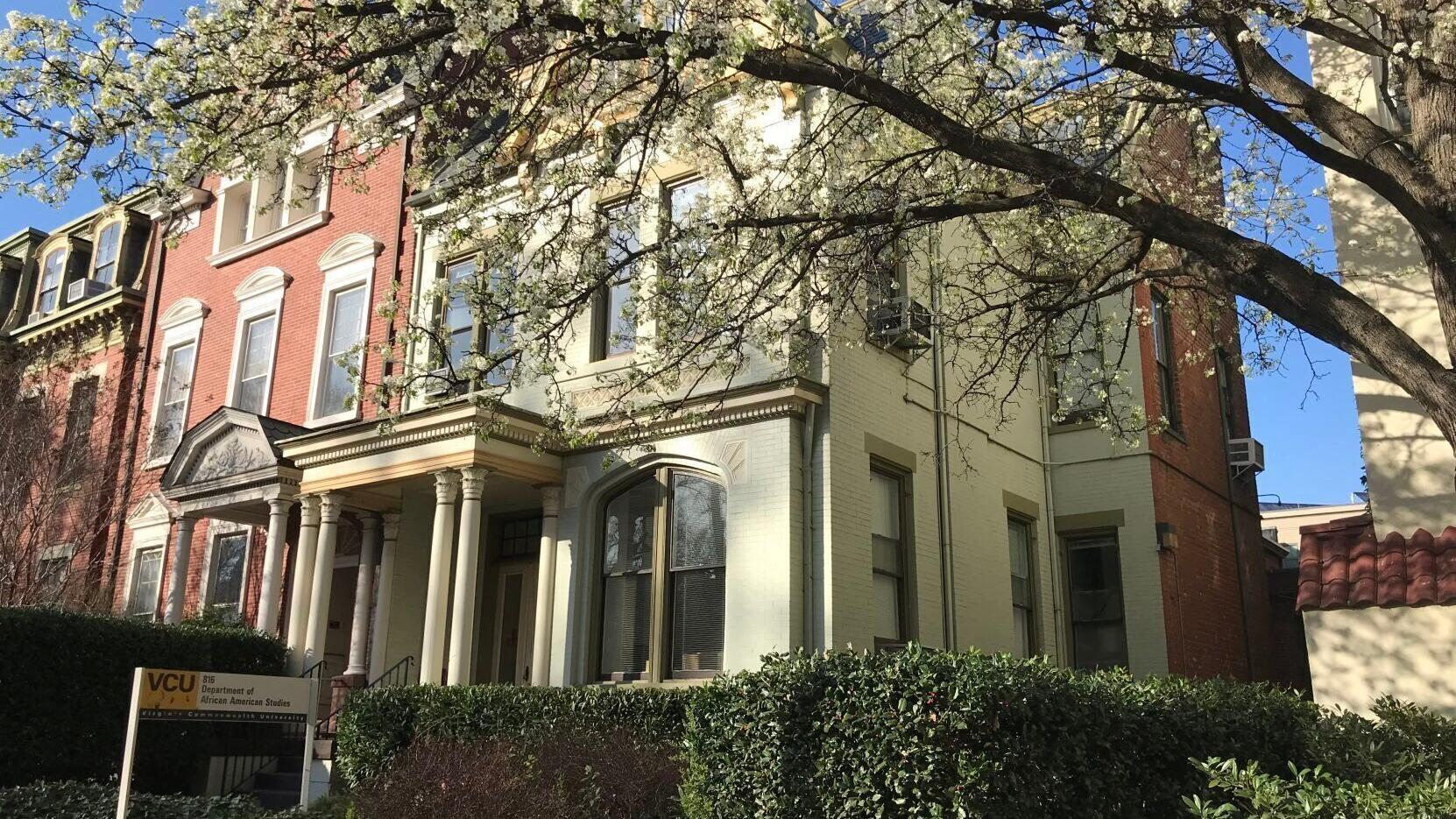By Brian McNeill
The Virginia Commonwealth University Board of Visitors voted this week to rename its Department of African American Studies’ building at 816 W. Franklin St. to be Gabriel’s House, in honor of Gabriel, an enslaved Richmond man who organized a rebellion in 1800 intended to end slavery in Virginia.
“We could not be more pleased by the board’s decision,” said Mignonne Guy, Ph.D., an associate professor and chair of the Department of African American Studies in the College of Humanities and Sciences.
The Department of African American Studies initiated the process to rename its building, formerly Harrison House, in January 2020.
In summer 2020, the VCU Committee on Commemorations and Memorials made 18 recommendations on memorials, commemorations and de-commemorations to VCU President Michael Rao, Ph.D. The committee’s recommendations and public feedback resulted in three resolutions that de-commemorate buildings and monuments on campus that honor historical figures with ties to the Confederacy, name a School of the Arts building after former dean Murry N. DePillars, Ph.D., and enable the Department of African American Studies to rename its academic building.
The Board of Visitors voted in September 2020 to approve the three resolutions, leading to the renaming of a number of de-commemorated buildings across the Monroe Park and MCV campuses.
The Department of African American Studies set out to find a new name in consultation with students and community and faculty stakeholders.
“Our department has always been cognizant of the historical importance of self-naming for Black people in this country and in this spirit of self-definition and self-determination — we began a process to select a name that reflected the spirit of the department and the pedagogical mission of our discipline,” according to a document the department submitted to the board in support of the new name.
The name Gabriel’s House was chosen in honor of Gabriel’s work to organize enslaved people across 11 Virginia counties that sought to emancipate enslaved people in Virginia and beyond. Gabriel’s plans were thwarted at the last moment, however, and he and 25 other enslaved men were hanged. In 2007, then-Gov. Tim Kaine pardoned Gabriel. Gabriel is also honored in Richmond today with his name engraved on the Emancipation and Freedom Monument, erected last year on Brown’s Island.
“We honor Gabriel for his courage in pursuing the unfinished work of Black liberation, and as a true hero of Virginia,” the department wrote. “We also honor Gabriel’s less-acknowledged role as an educator. One of a small group of enslaved Virginians who was able to acquire literacy, Gabriel used this ability to spread news of the revolutionary Atlantic world — particularly the activities in Saint-Domingue — to his Black Virginian compatriots. Gabriel was an early advocate of the view that the revolutionary promise of the United States is meaningless if it does not extend its vision to Black Americans. In the same manner that the Haitian Revolution greatly expanded the meaning of freedom expressed in the French Declaration of the Rights of Man, Gabriel sought to expand the meaning of liberty beyond the Eurocentric blinders of the Declaration of Independence. It is both notable and appropriate that, in the 21st century, Thomas Jefferson’s legacy has been given a reevaluation at the same time that regard for Gabriel and others has grown.”
The department said it envisions Gabriel’s House as a center of intellectual activity and student life at VCU.
Also on Monday, the Board of Visitors received the 2022 John W. Nason Award for Board Leadership in recognition of its leadership in justice, diversity, equity and inclusion.
The award – from the Association of Governing Boards of Universities and Colleges in partnership with TIAA – recognized the board for its leadership in unanimously approving the removal of Confederate symbols from VCU’s campuses, and the board’s creation of a transparent, overarching policy, University Recognition Through Naming, to determine how the university names its spaces. In addition, work done by the VCU Committee on Commemorations and Memorials provided history and context that led to the board’s unanimous decision to remove Confederate symbols.



